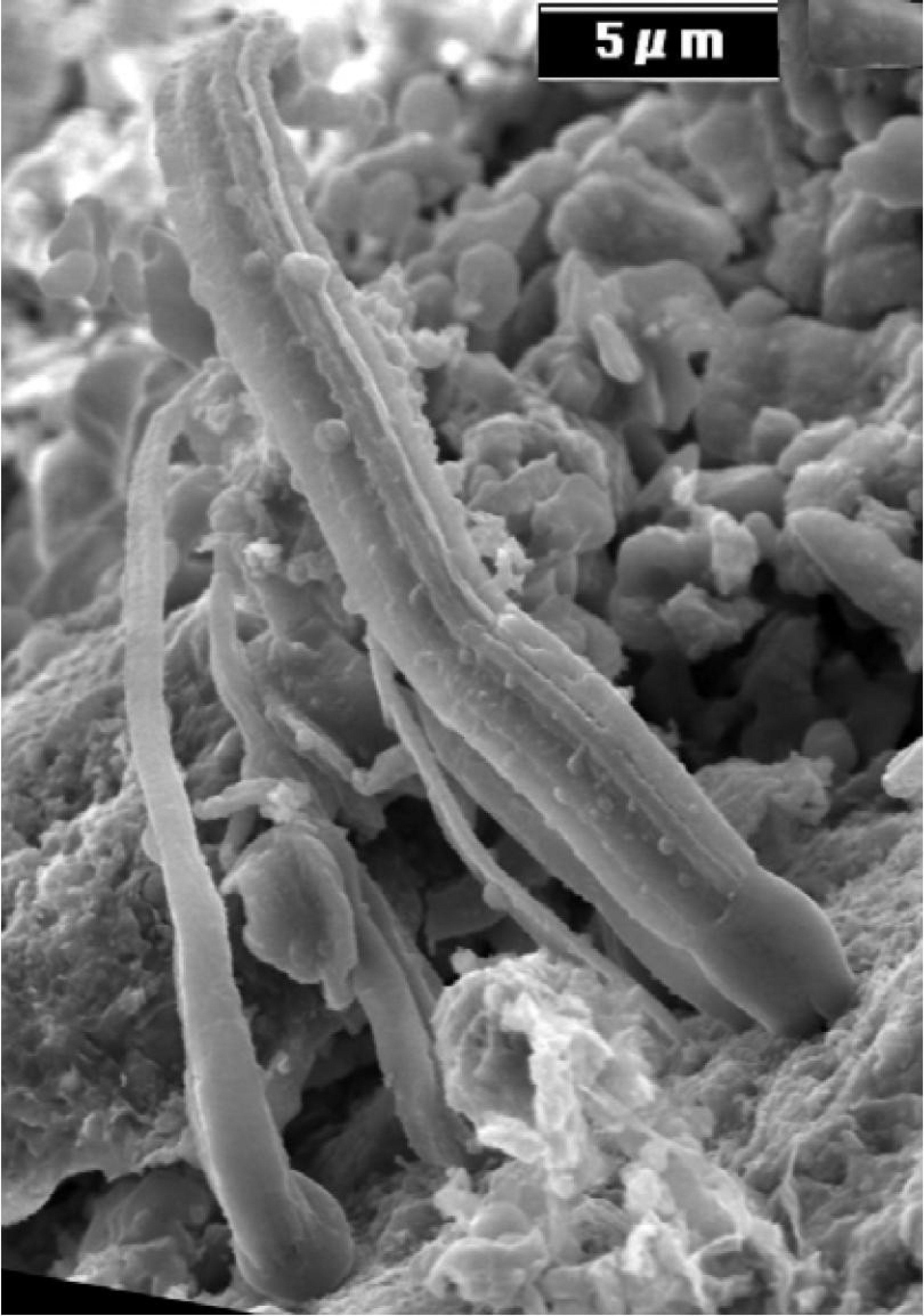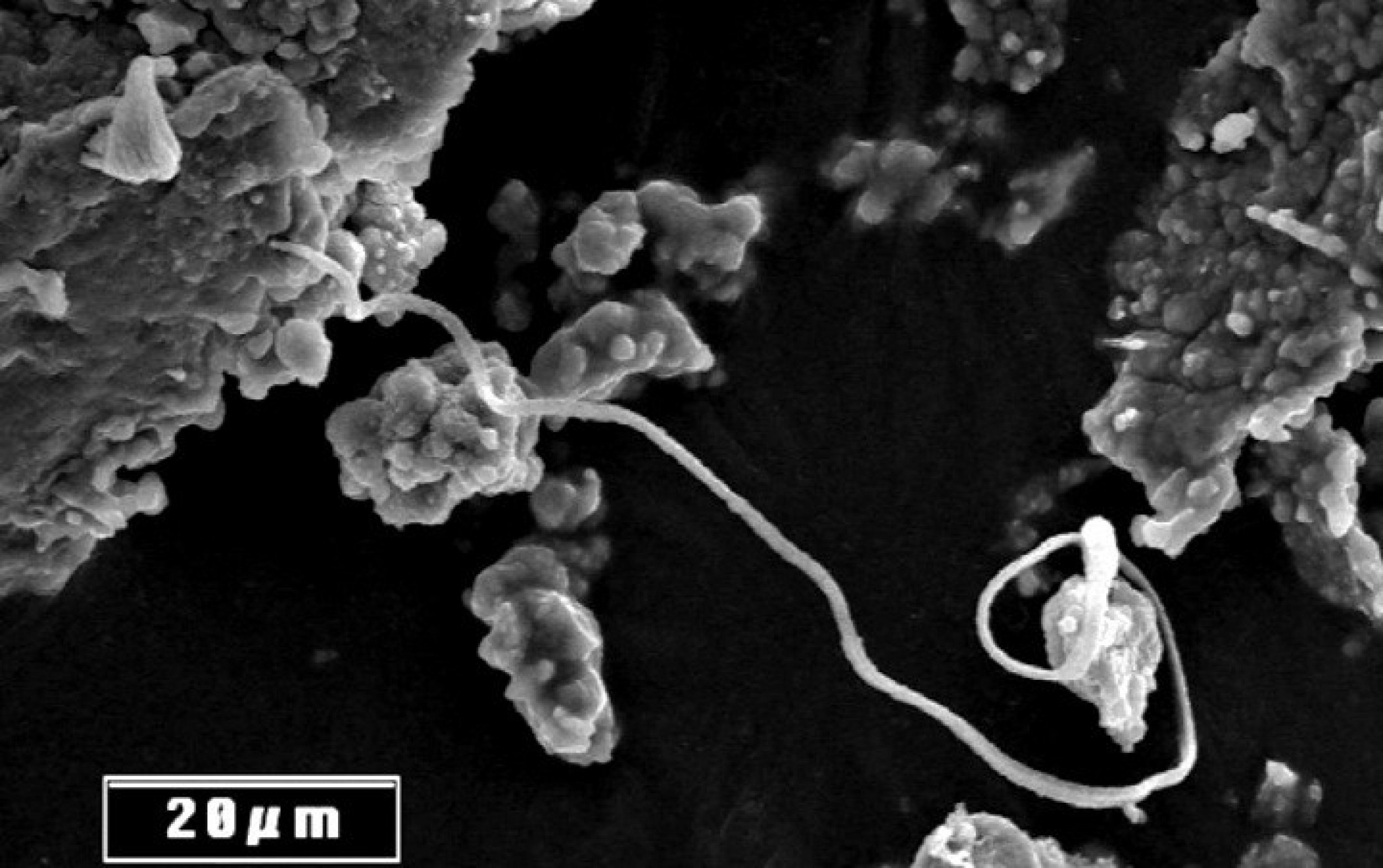“Life on Earth may have come from other planets”: NASA scientist [PHOTOS]
TO VIEW IMAGES, CLICK ON “Start”
“Life on Earth may [actually] have come from other planets,” stated an article in The Journal of Cosmology based on the findings of Dr. Richard B. Hoover.
Hoover claims to have found fossils of once-living organisms in certain meteorites (rock-like objects that have landed on earth from outer space). FoxNews was given early access and first published the story.
Hoover also concluded these fossils were of organisms that have originated from outer space (i.e. the meteorites weren’t contaminated with earthly organisms).
Therefore, he said they serve as proof of alien life in the astral bodies of wherever the meteorites have come from.
Furthermore, it suggests that life-containing meteorites in the past that hit the earth may have been the original source of life on earth, stated the Journal of Cosmology article.
The fossils Hoover found were of bacteria life and some of them were similar to species found on earth. Hoover producer images of the fossils by fracturing the meteorites and scanning the surfaces using high-tech microscopes.
To view images of the fossils from the microscopes, click “Start.”
The scientific community at large, however, is far from accepting Hoover’s claims.
Paul Zachary PZ Myers, a biology professor at the University of Minnesota Morris, is one of the skeptics.
First, he points out that the online-based Journal of Cosmology is hardly a top authority in the scientific community (unlike Science or Nature).
Regarding the article itself, he said his impression of it is “one of excessive padding.”
“It's a dump of miscellaneous facts about carbonaceous chondrites, not well-honed arguments edited to promote concision or cogency,” he said.
Of the photos, he said the ones that look like real bacteria are actually photos of earthly bacteria added for reference. The ones that are from the meteorites “look like random mineral squiggles and bumps on a field full of random squiggles and bumps.”
“This isn't science, it's pareidolia,” said Myers.
The Journal of Cosmology article said they knew the nature of this article was controversial, so they invited members of the scientific community to analyze the results and comment on it.
These commentaries will be published March 7 through March 10, 2011.




© Copyright IBTimes 2024. All rights reserved.





















